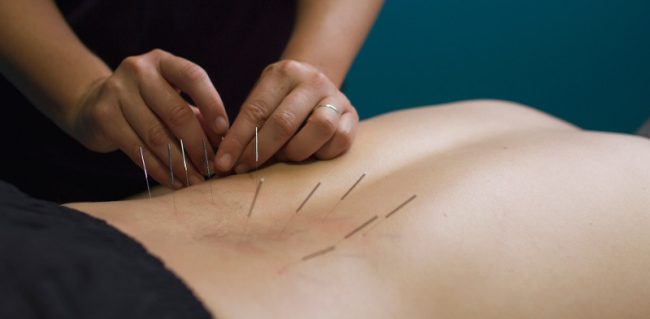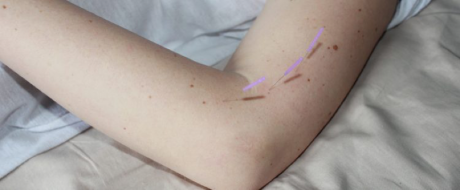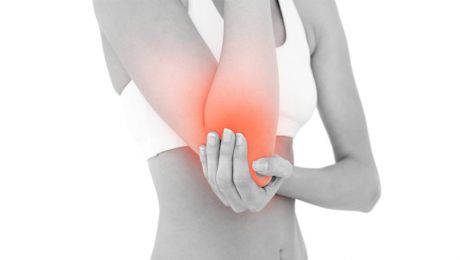Dry Needling – A Case Study
Published on
25 Jul 2018

Call us on: (03) 9975 4133
Physiotherapy can encompass different treatment tools, one of which is dry needling. For those that don’t know, dry needling is the use of inserting fine needles for the purpose of reducing tension and pain. The needles are ‘dry’ as no fluid is being inserted or removed. “But how can sticking needles in me make me better?” I hear you cry!
Physiotherapy can encompass different treatment tools, one of which is dry needling. For those that don’t know, dry needling is the use of inserting fine needles for the purpose of reducing tension and pain. The needles are ‘dry’ as no fluid is being inserted or removed.
“But how can sticking needles in me make me better?” I hear you cry!
The exact mechanisms are complex and somewhat unknown, but, in a nutshell, dry needling works on two levels.
- Locally – by altering muscle fibre length and tension, changing local blood flow, and stimulating local chemical release promoting a healing response
- Centrally – the brain and spinal cord are influenced to release neurochemicals such as endorphins (your body’s natural opioids) and corticosteroids (your body’s own anti-inflammatories) resulting in pain reduction.

Dry needling typically isn’t painful. There may be a small pinprick sensation but more often not, you don’t feel the needle go in at all. If the muscle is particularly tight or there is a trigger point (knot), it can feel quite achey and may cause a ‘local twitch response’, which is when the muscle twitches suddenly. This is a great sign of release!
To illustrate the benefits, let’s take look at a case study from one of my own patients.
Ms C came to see me with right ‘tennis elbow’ as a result of keyboard and mouse use at work. Testing her grip strength brought on her elbow pain, as did other muscle testing at the forearm. However, if she improved her posture to sit more upright, her pain resolved! Locally at the elbow, she had a lot of tension and trigger points in the forearm muscles. Additionally, she was tender at the right side neck and upper shoulder area.

This type of presentation needs treatment at both the neck and the elbow. So, with her consent, I used dry needling at her elbow to release the local muscle tension, whilst I treated her neck and shoulder manually. The added benefit of releasing tension at her elbow using needling is that it is a lot more tolerable than local massage at the forearm, which can be quite painful.
Ms C responded well and showed reduced pain even after the first session. She continued to improve, with the addition of doing rehabilitation to address her posture and perform local strengthening exercises at the forearm, and was discharged from treatment pain-free!
So when can dry needling be used? Well, there are some cases where needling is contraindicated. Your Physiotherapist will screen you carefully beforehand to make sure it is an appropriate treatment modality for you. Other than this, needling can be used in most conditions. Shoulder problems, tennis elbow, wrist pain, ‘runners knee’, back pain, desk-related neck and upper trapezius pain, jaw pain…the list goes on!
We’re here to help.
If you are suffering from any sort of pain, or would like some more info on dry needling and our practices, get in touch now!


